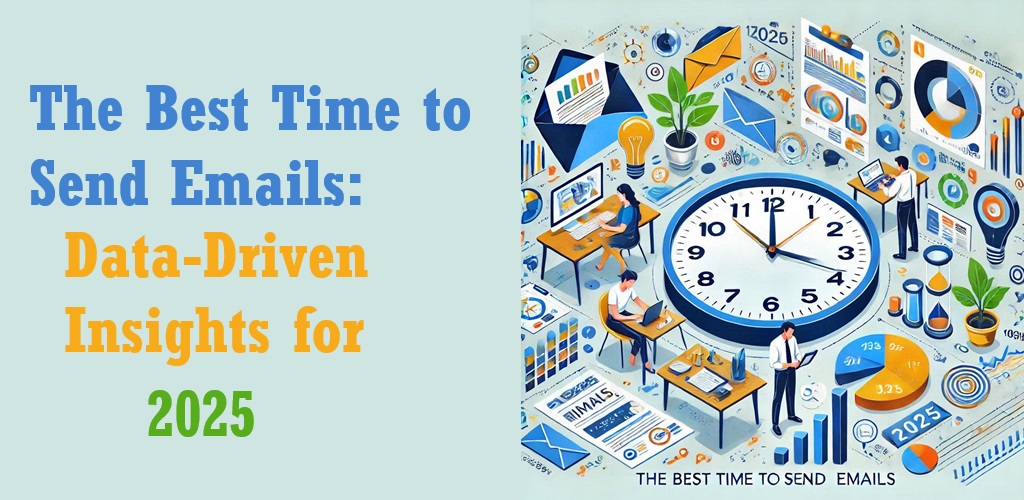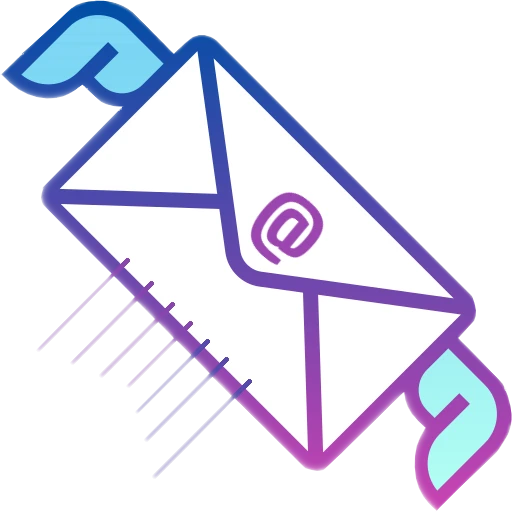
The Best Time to Send Emails: Insights Backed by Data for 2025
Timing can make or break your email marketing campaigns. Even the most engaging subject lines and valuable content won’t have an impact if your emails are sent when your audience isn’t checking their inbox. For 2025, understanding the nuances of optimal email timing—backed by data and new trends—is essential for maximizing engagement.
In this guide, we’ll explore actionable tips for beginners, advanced strategies for seasoned marketers, and innovative approaches for staying ahead in 2025.
Actionable And Beginner-Friendly Tips
If you’re new to email marketing, finding the best time to send emails might feel like a guessing game. These beginner-friendly tips will help you get started:
1. Analyze Time Zones
When emailing a global audience, sending at the wrong time in a recipient’s local timezone can lead to missed opportunities. Always consider your audience’s geographic location and adjust your send times accordingly.
-
Example: Use email marketing tools like Mailchimp or Brevo to schedule emails based on recipients’ time zones.
2. Leverage Past Engagement Data
Most email platforms provide analytics on when your audience is most active. Look for trends in open rates and click-through rates to determine optimal times.
-
Example: If your audience tends to engage more with emails sent at 10 AM, schedule future campaigns around that time.
3. Follow General Trends
For many industries, midweek mornings (Tuesday through Thursday, between 9 AM and 11 AM) have proven to yield higher engagement. While this isn’t a one-size-fits-all solution, it’s a good starting point for beginners.
-
Tip: Test different days and times to see what resonates with your audience.
Suggestions for Experts
For experienced marketers, optimizing email send times requires a more nuanced approach. Here are advanced strategies to take your campaigns to the next level:
1. Segment Audiences by Behavior Patterns
Not all subscribers are the same. By segmenting your audience based on behavior patterns (e.g., night owls vs. early risers), you can tailor send times to align with their habits.
-
Example: Use behavioral data to create segments like "morning openers" or "weekend readers" and schedule emails accordingly.
2. Use A/B Testing
Test different send times to identify when your audience is most responsive. Compare open rates, click-through rates, and conversions to determine the optimal timing.
-
Example: Send the same email to two groups at different times, such as 8 AM vs. 2 PM, and analyze the results.
3. Leverage AI Tools
Advanced email marketing tools now use artificial intelligence to predict the best send times for each individual subscriber. These tools analyze data like past engagement and user behavior to automate timing decisions.
-
Recommended Tools: Look into platforms like Optimove or HubSpot’s AI-powered email scheduling feature.
Unique Strategy for 2025
As we look ahead to 2025, several emerging trends will shape the way marketers approach email timing. Here are some innovative strategies to stay ahead:
1. Real-Time Audience Engagement Data
Using real-time analytics to send emails when your audience is actively online can significantly boost engagement. This approach involves integrating real-time data from website activity or app usage with your email platform.
-
Example: If a subscriber is browsing your website, trigger an email about related products or services they viewed.
2. Adapt to Flexible Work Schedules
The shift towards remote and hybrid work has altered daily routines. Traditional “9-to-5” timing strategies may no longer be as effective. Marketers should analyze trends specific to their audience’s work patterns.
-
Tip: Experiment with sending emails outside traditional business hours, like early evenings or weekends.
3. Personalized Send Times
Predictive technology allows for hyper-personalized timing based on individual subscriber behavior. By sending emails when each recipient is most likely to check their inbox, you can achieve higher engagement.
-
Example: Platforms like Klaviyo and Salesforce Marketing Cloud offer features to personalize send times automatically.
Data-Driven Insights
Recent studies reveal interesting trends in email engagement:
-
Optimal Days: Tuesday, Wednesday, and Thursday consistently show the highest open and click-through rates across industries.
-
Optimal Times: Morning hours (9 AM to 11 AM) tend to perform best, with a secondary peak in the early evening (6 PM to 8 PM).
-
Industry Variations:
-
E-commerce: Early evenings work well as people shop after work.
-
B2B: Mid-morning on weekdays aligns with professional routines.
-
Nonprofits: Weekend mornings often yield better engagement as readers have more leisure time.
-
Practical Examples and Tools
Implementing these strategies doesn’t have to be overwhelming. Here are some practical examples and tools to streamline the process:
-
Example 1: Use HubSpot to analyze past campaign performance and identify high-engagement time slots.
-
Example 2: Integrate Google Analytics with your email platform to track user behavior and refine send times.
-
Example 3: Automate personalized send times with AI-driven tools like Iterable or ActiveCampaign.
Conclusion
Determining the best time to send emails is a mix of art and science. By leveraging time zone data, past engagement trends, and innovative tools, you can significantly improve your email marketing performance. Remember to test, analyze, and adapt to your audience’s unique preferences.
Join Our Newsletter!
Get the latest email marketing insights & tools straight to your inbox with SalesData.in!
